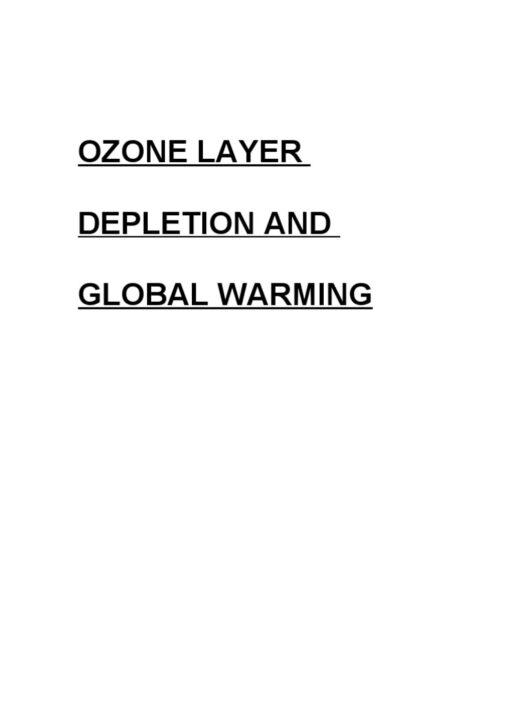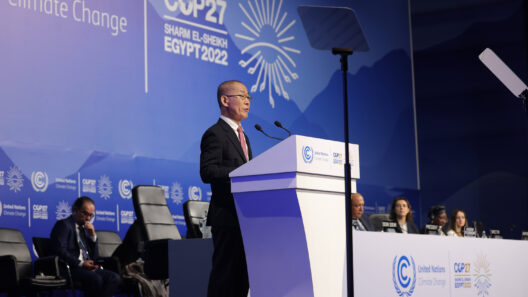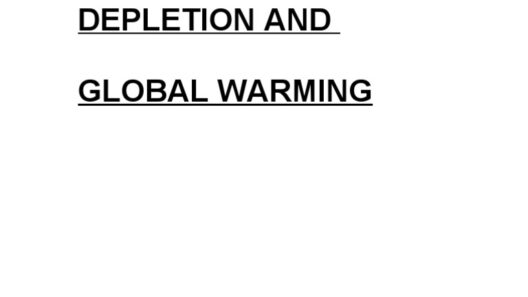The intricate dance of the elements on our planet has long captivated scientists and environmentalists alike. Among these substances, copper and nickel oxides, often relegated to the shadows of more widely discussed pollutants, are beginning to command attention in the context of global warming. These metallic oxides, formed through oxidation processes, may serve as players in the broader narrative of climate change, a tale often dominated by greenhouse gases. The question becomes: can copper and nickel oxides be heating up our planet?
To understand the potential impact of these oxides, we must first delve into their formation and prevalence in both industrial applications and natural environments. Copper oxide (CuO) and nickel oxide (NiO) are frequently found in numerous industrial processes, including metallurgy, semiconductors, and even in the catalytic converters of vehicles. These oxides emerge from combustion processes, mining activities, and the wear and tear of industrial machinery, entering the atmosphere and contributing to a complex interaction with other atmospheric components.
Imagine a spider weaving an intricate web; each connection formed enhances the strength of the entire structure. Similarly, the emissions of copper and nickel oxides do not function in isolation. They interact with other airborne particulates and gases, creating a stew of pollutants that can exacerbate the greenhouse effect. This synergistic relationship acts as an invisible blanket, trapping heat within the atmosphere. The intricate interplay serves as a stark reminder that every component of the ecosystem is interconnected.
The unique optical properties of copper and nickel oxides further enrich this scenario. When deposited in the atmosphere, these materials can influence the absorption and scattering of sunlight. This phenomenon breaches a fundamental principle of climate science: the balance between incoming solar radiation and outgoing infrared radiation. Changes in this balance can lead to localized heating, contributing to a broader phenomenon known as urban heat islands. Just as dark surfaces absorb more heat than light ones, the introduction of metallic oxides could subtly shift the radiative properties of the atmosphere.
Research reveals that copper and nickel oxides have the potential to act as effective catalysts in various chemical reactions, including those that release greenhouse gases like methane and carbon dioxide. This catalytic capacity suggests a dual role; they are not merely passive byproducts but active participants in the chemical reactions that dictate atmospheric composition. With each catalytic event, they may inadvertently push our climate further toward a tipping point, a threshold beyond which major shifts occur uncontrollably.
One must also consider the geographic and ecological distribution of these metals. Areas with significant industrial activity often exhibit elevated levels of these oxides in the air, particularly in urban centers and near mining operations. When moisture interacts with these metallic particles, they can transform into soluble compounds, precipitating acid rain. This not only poses a risk to terrestrial ecosystems but also disrupts aquatic systems, leading to a cascade of adverse effects on biodiversity.
The socio-economic implications cannot be overlooked. Communities residing in proximity to mining and industrial sites frequently bear the brunt of the pollution emitted, as they become susceptible to a host of health issues. Respiratory illnesses, skin conditions, and cardiovascular problems emerge as direct consequences of prolonged exposure to such pollutants. Furthermore, this disproportionate impact highlights a deep-seated environmental injustice, revealing how the marginalized often pay the highest price for the activities of the industrialized world.
On a global scale, the ramifications of copper and nickel oxides extend beyond mere local issues. As climate change has no boundaries, the pollutants released in one corner of the world can travel vast distances, contaminating air quality and contributing to warming trends elsewhere. Just as a ripple across a pond can spread far from its source, the influences of these emissions can cascade, affecting ecosystems and climates globally. Additionally, as the world continues to industrialize, particularly in developing nations, the emissions of copper and nickel oxides are poised to increase, potentially exacerbating climatic challenges.
It is also worth mentioning the potential for mitigation. The advancement of green technologies and stricter regulations could limit the release of these oxides. As industries pivot toward more sustainable practices, there lies an opportunity to curtail the emissions of harmful substances. This shift is akin to reimagining an old structure with modern materials; the potential for creating a cleaner, sustainable future exists, hinged on innovation and responsibility.
In conclusion, while the narrative surrounding the climate crisis is often dominated by greenhouse gases such as carbon dioxide and methane, the role of copper and nickel oxides should not be underestimated. These metallic oxides represent a subtle yet potentially impactful facet of atmospheric chemistry, influencing heat retention and air quality. As the tapestry of climate change continues to evolve, understanding the contributions of all elements, including the oft-overlooked metallic oxides, becomes imperative. The health of our planet and the well-being of future generations rely on comprehensive strategies that encompass all facets of environmental stewardship.








